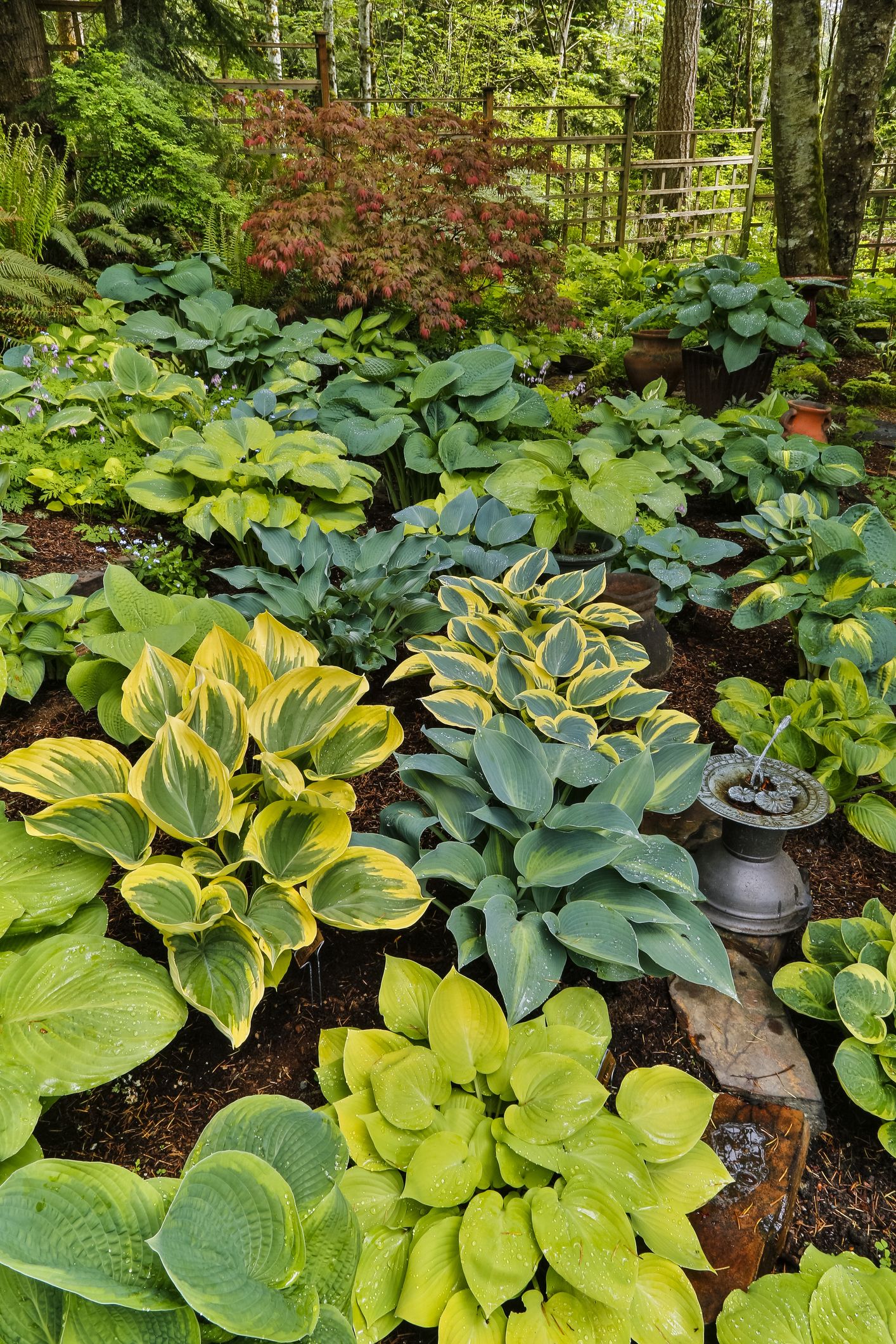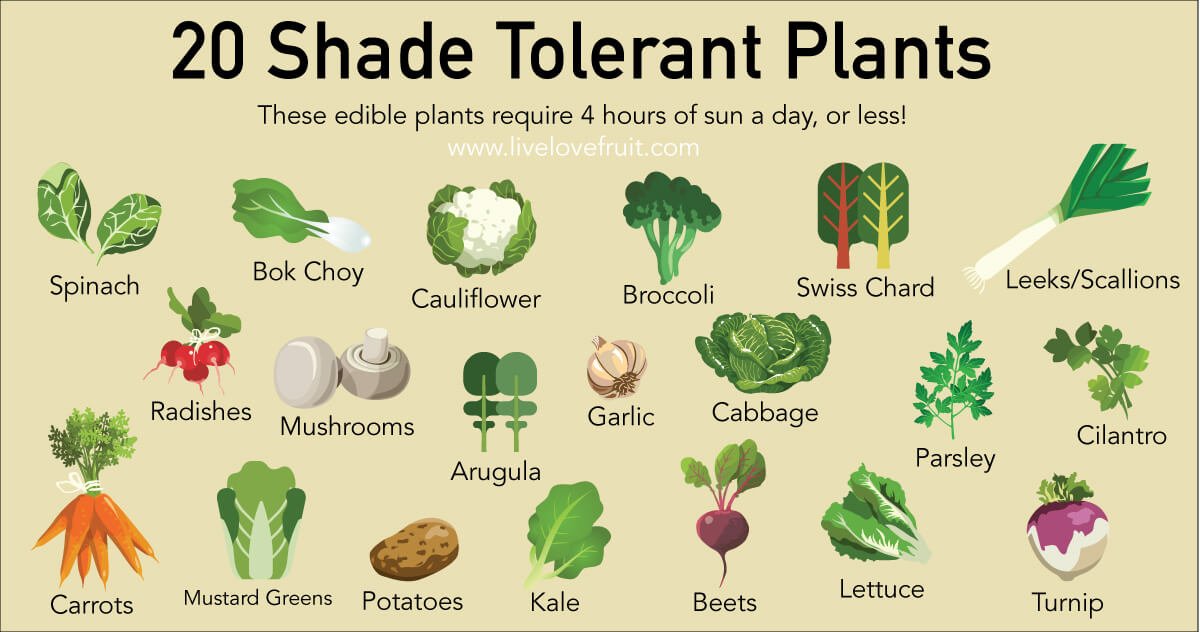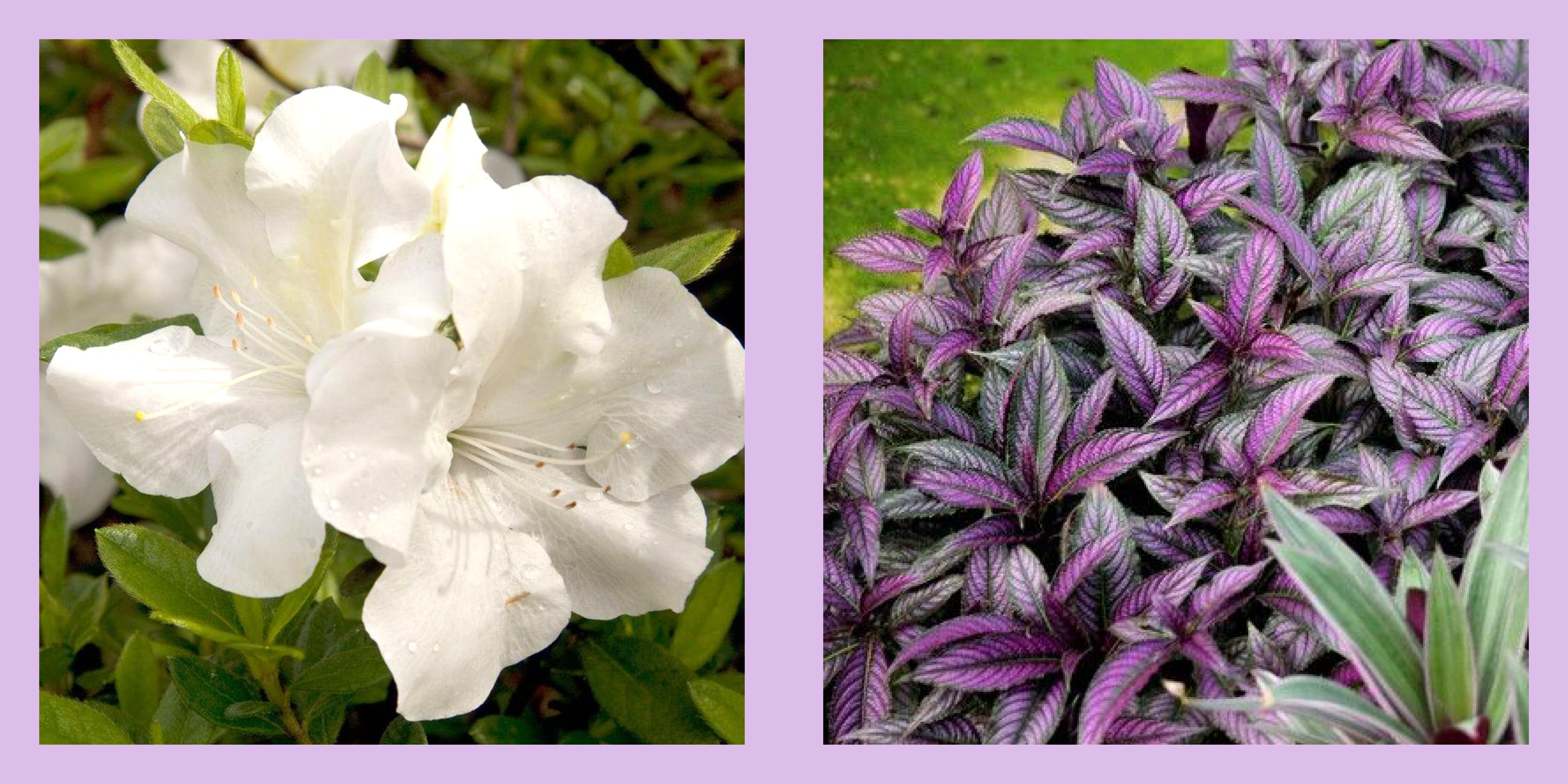Shade-Tolerant Plants: A Practical Guide to Growing Green in the Shade

From the Desk (and Muddy Gloves) of an Experienced Mentor Who’s Killed More Hostas Than He’ll Admit

There’s nothing quite like standing in the shadowy end of your yard or staring at that perpetually dim corner in your apartment, wondering (maybe a little skeptically): Can anything beautiful really grow here? Been there, cursed at the clay soil, watched seedlings sulk. But I promise—there’s a truthful roadmap through the labyrinth of shade gardening. I'll walk you through every twist, from botched beginnings and facepalm mistakes to surprising triumphs.
Instead of generic instructions, let’s get you answers for every “what if,” curveball, and “has anyone actually tried this?” Because over decades and dozens of missteps, I’ve seen (and survived) nearly every problem shady spots can throw at you.
Ready for your transformation story? Let’s make that gloom the best seat in the house.
1. Understanding Shade—The Details That Actually Matter
Not All Shade Is Created Equal
Here's a confession: I once planted six astilbe varieties beneath an ancient pine because the plant tag said "shade." Fast forward two summers—I got brown nubbins where fluffy pink should have been. Turns out, “deep shade” is not “dappled shade,” and impatience with labels cost me $60.
Breakdown You Won’t Find on Most Tags:
- Full Shade: Under three hours direct sun; think north side or dense tree cover.
- Partial Shade: Three to six hours morning/evening light or broken daylight.
- Dappled Shade: Sun flickering through leaves all day (classic woodland).
- Deep/Dense Shade: Almost no direct sun—under decks, conifers.
Quick Test: Stand in your spot at noon; a crisp shadow means more light than you think. Can't find your feet in the gloom? Plan for deep shade species only.
2. Prepping Your Patch—Fix THESE Before Plant Shopping
The #1 Mistake? Underestimating Soil Hell
Shade soils are notorious tricksters:
- Beneath trees = battles with greedy roots (hydrophobic)
- Beside buildings = compacted by construction
- Wet spots = chronic puddles after rain
My Battle-Tested Solutions:
1. Tree Root Woes
Tried double-digging under maples once; nearly broke my wrist hitting roots every six inches.
- Instead: Use a garden fork to loosen just the top 3–4 inches.
- Build shallow raised beds or berms with new compost-rich soil.
- Stick to tough groundcovers that thrive in 6" of amended mix (sweet woodruff, lamium).
2. Swampy Corners
Once had an impatiens bed turn into an amphibian habitat after flash storms.
- Mix pea gravel or expanded shale into existing soil before planting.
- Opt for moisture-lovers: Japanese iris, ligularia.
- Install a cheap French drain if water stands more than an hour after rain—spent $80 on bulk gravel and plastic corrugated tubing from Home Depot; worth every penny for one stubborn spot!
3. Desert-Dry Under Evergreens
Discovered even mulch barely kept daytime temps bearable at root level during July heatwaves.
- Spread leaf mold annually—a tip handed down from my grandmother; free if you shred autumn leaves.
- Soaker hoses under mulch conserve each precious drop.
3. Picking Plants—Skip Wishful Thinking
I keep a laminated cheat sheet taped inside my tool shed door listing what truly works here (zone 7a), sortable by light and tolerance for poor conditions.
Personal Top Performers by Situation:
| Situation | Perennials | Groundcover | Annuals |
|---|---|---|---|
| Deep Dry Shade (roots!) | Epimedium (‘Amber Queen’), | Sweet woodruff | None reliable |
| Convallaria (lily-of-the-valley) | |||
| Boggy/Seasonally Wet | Ligularia ‘The Rocket’, | Creeping Jenny | Tuberous begonia |
| Astilbe chinensis | |||
| Partial/Dappled | Hosta (‘Sum & Substance’ killed it under walnut trees!), | Lamium | Impatiens |
| Heuchera ‘Obsidian’, fern combos | Pachysandra | Torenia |
Unexpected Winners
Who’d expect ‘Frosty Morn’ sedum to cope surprisingly well under old lilacs? Or that deadnettle could carpet neglected alleyways?

Expensive Lesson
Paid $42 ea for three unusual hellebores I was certain would be bulletproof…two rotted first spring because drainage was mediocre due to clay and impatience on my part (“That should be good enough,” I thought). Only one survived—living proof that listening to your soil is smarter than betting on price tags.
4. How to Plant Without Losing Plants—or Your Mind
My Failure Formula:
Dig small holes hastily → ignore root balls → panic when leaves yellow → replant everything next spring
Success (Finally):
- Dig holes twice as wide but only as deep as pots—you want root flares slightly above grade so rot isn’t instant in rainy spells.
- Tease roots loose gently; don’t just plop straight from the nursery pot!
- Water in, not just after planting—a bucket poured slowly soaks better than ten little sprinkles with a can.
- Two-inch compost leaf mulch tuck—but keep off stems/crowns! (Mold central otherwise.)
Cost snapshot: In my last redo, $30 bagged compost/yard lasted five hosta groupings plus ferns—with enough left over for annual top dress 10 months later.
5. Advanced Troubleshooting—EVERY Problem Scenario (& How I Solved It)
Here comes the fun—I’ve seen these all crop up time after time:
A) Sparse/Leggy Growth
Usually too little sunlight or nitrogen overdose.
- Solution: Shift bed edge outward by one foot toward available light OR halve fertilizer dose next season.
B) Wilted Despite Watering
Are trees multiplying their root spread underground?
- Solution: Check mid-day soil moisture two inches down—not surface dampness! If dry/unresolved, switch beds to epimedium or liriope & admit defeat temporarily (“the white flag method”—some fights aren’t worth fighting).
C) Rotting/Chewed Crowns
Slugs chewed hostas until only midribs stood some springs.
- Immediate Actions:
- Use iron phosphate pellets—not beer traps if raccoons/squirrels visit nightly!
- Ring new plants with crushed eggshells/grit early April before issues escalate.
- Disease suspects? Prune affected foliage ASAP; remove debris before winter sets in.
D) Boring Beds After Frost
Leftover skeletal beds look depressing all winter without evergreens/bulbs.
- Must-dos:
- Include hellebores (‘Ivory Prince’ impresses March–May).
- Add snowdrops or glory-of-the-snow bulbs between perennials—they’ll be up before most neighbors thaw their hoses come late winter!
E) Persistent Weed Problems
Ground ivy and violets loved my original shady planters TOO much…
- Best control:
- Thick fall mulch layers—minimum two inches shredded leaves/straw;
- Early May hand-picking blitz sessions rather than herbicides;
- Dense groundcovers choke out invaders fastest after first year establishment.
6. Design Tweaks That Rescue Real Shady Spots
Sometimes Pinterest pretty isn’t practical—but clever layering saves face:
Layer Like Forest Does It
Top tier = tree/shrub layer (serviceberry does great half-shade)
Middle = big hosta clumps/fancy ferns/foxgloves
Low carpet = sweet woodruff/ajuga/lilyturf threads
Trick I learned from big public gardens: repeat colors/textures along sight lines but change heights—it feels intentional even when budget is tight.
Use Contrasts Over Blooms
Pair silver Japanese painted fern against dark bugbane spikes;
‘Patriot’ hosta near red-leaf heuchera pops better than monotonous green-on-green beds ever will;
Bulky textures + thin bladed grass creates depth even when blossoms quit mid-July heatwave.

Move Pots Seasonally
Had total luck dragging pots of coleus/caladium around bare patches as other perennials filled in—all while figuring out permanent layouts without losing investment.
7. Indoor Shady Corners—When Even Apartment Windows Sulk
This may shock some city dwellers: There are plants nearly impossible to kill indoors despite challenging north windows…
My "indestructible trio":
- Snake plant – watered monthly IF dry below knuckle-depth (~$12 Home Depot special still going strong four apartments later).
- Pothos – split cuttings into mugs/vases so friends inherited survivors after each move; mist twice weekly during heating season if air gets crispy!
- ZZ plant – slow grower but nearly immortal unless left waterlogged for months.
Experiment gone awry: Once packed six-bulb LED fixture onto a shelf hoping tropicals would flourish…forgot timers twice…sunburned half my peace lilies! Moderation wins over equipment wars here.
8. All-In-One Action Roadmap (+ Actual Timeline)
Because big goals need mini-milestones:
First Week:
☐ Tally hours of summer mid-day sun per target area
☐ Soil test w/basic kit ($15 cooperative extension service saves heartache)
☐ Circle problem areas needing drainage/richness fixes
Second Week:
☐ Source local compost/mulch supply AND scout Craigslist/Facebook Marketplace for free leaf mold sources
☐ Research native/shade-loving options with local extension agencies/nurseries
Weeks Three-Four:
☐ Prep ground/substitute raised container mixes as needed
☐ Cluster purchases by mature height/color intention (“thriller-filler-spiller” principle)
☐ Begin planting once soil warms above ~50°F—don’t trust calendar alone; touch-test ground temp!
First Summer:
☐ Inspect weekly for pest/disease flare-ups early AM; act fast instead of waiting/fearing worst-case scenarios
☐ Log what thrives/flops in notebook/picture album—nothing beats visual/proof journal when it’s time to reorder.

9. Community Wisdom—the Hardest-Learned Lessons Summed Up
If there’s one line gardeners share over fences it’s this: “Nobody gets it perfect first try.”
Your neighbor's secret weapon against marauding slugs might be simple copper tape; local master gardeners know which shade phlox survive late frost snaps without fail—but nobody gets there alone! Join active forums (the GardenWeb “Shade Gardening” board solves obscure dilemmas daily), swap divisions locally each fall…and NEVER underestimate advice from grizzled veterans who’ve shepherded hostas through both droughts AND deluges.
Final Words From Someone Who’s Been Lost Down This Path—and Found Their Way Out Again
At this point I've watched muddy corners morph into serene sanctuaries...and turned what felt like failure (“Nothing grows here!”) into places guests now gravitate towards on sweltering days.
If you're feeling stuck—or worried about repeating somebody else’s blunders—that's normal AND survivable.
What matters most isn't knowing every Latin name or buying showpiece varieties right away…but growing curious enough to experiment year-over-year until those twilight corners reward you with subtle beauty no sunny border can match.
So grab that trowel—even when optimism feels silly—and start plotting small victories:
Map out sunlight honestly,
Amend the heck outta that soil,
Select proven workhorses first,
Keep notes like tomorrow depends on it,
And never hesitate asking another gardener whose hands are even dirtier than yours!
P.S.—I still greet failures like old friends because nine times out of ten they push me closer to that resilient patchwork only experience builds—with just enough room left next year…for something new neither of us have tried yet.
Bookmark these steps or print them out—I tweak mine almost every season—and remember, troubleshooting isn’t defeat…it makes eventual success taste twice as sweet!
Any scenario you’re facing now? Chances are good I’ve faced worse—and can help walk you through it too.



